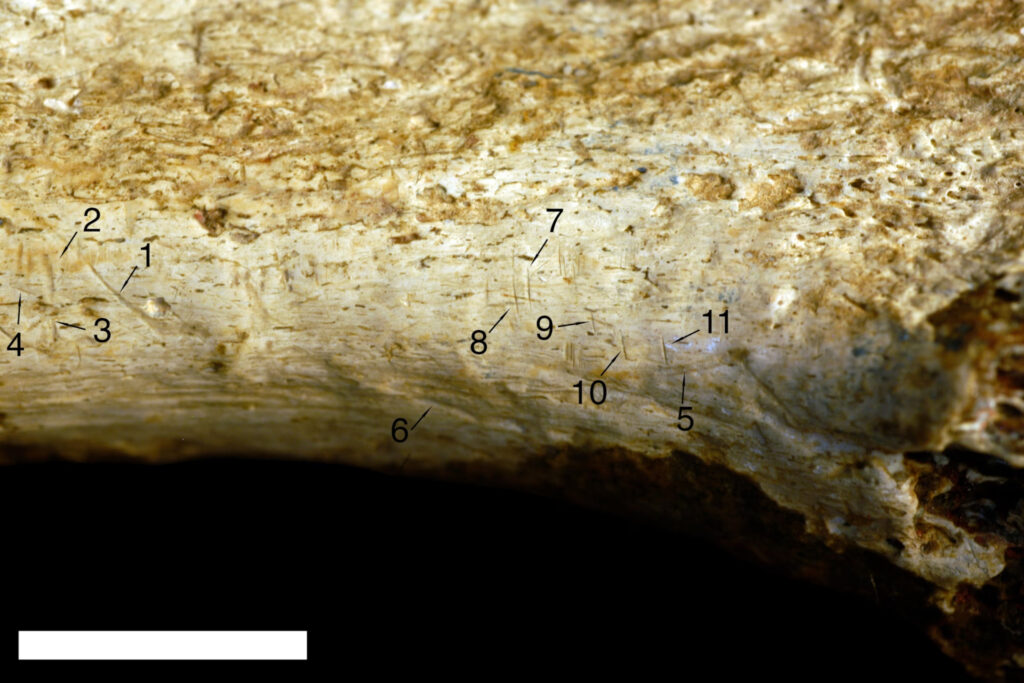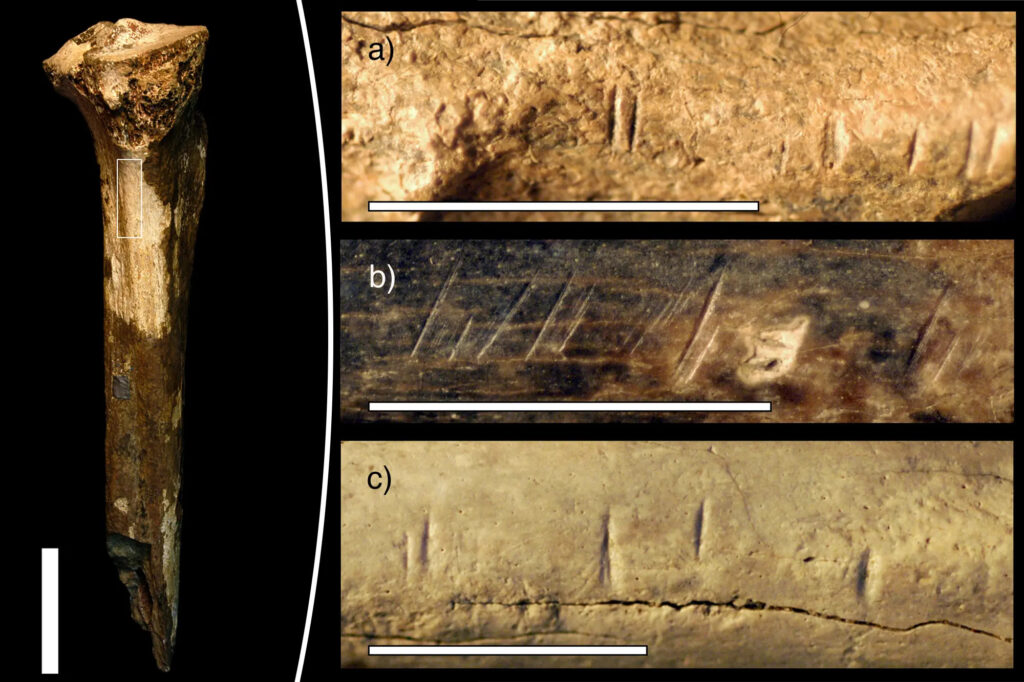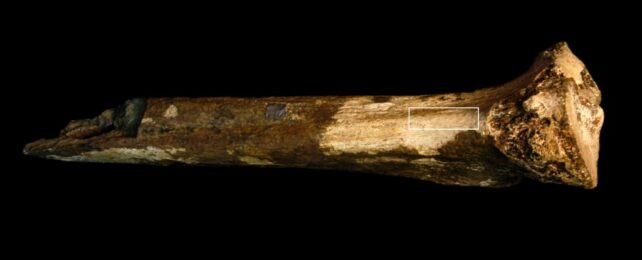Unearthing the Oldest Evidence of Hominin Cannibalism
In a discovery that reshapes our understanding of ancient human behavior, researchers from the Smithsonian’s National Museum of Natural History have identified the oldest definitive evidence of cannibalism among early hominins. This extraordinary find comes from a fossilized shin bone unearthed in northern Kenya, dating back an astonishing 1.45 million years. The bone tells a chilling story of survival, desperation, and possibly inter-species conflict in a harsh prehistoric landscape.

Decoding the Marks of Ancient Butchery
The fossilized tibia, likely belonging to a close relative of modern Homo sapiens, bears nine distinctive cut marks made by stone tools. These marks, located at the site where the calf muscle attaches to the bone, reveal a deliberate and efficient effort to remove flesh—strong evidence that the meat was intended for consumption. The precision of the tool marks suggests they were made by someone skilled in butchery, a stark testament to the challenges faced by early hominins in securing food.

A Complex Tapestry of Ancient Life
Although the evidence strongly indicates cannibalism, questions remain about the circumstances of this act. Did one hominin species prey upon another, or were they scavenging the remains of their own kind? Adding to the intrigue are additional bite marks from a large predator, possibly a saber-toothed cat, found on the same bone. This detail paints a vivid picture of a world where early humans not only competed with each other but also faced constant threats from formidable carnivores.

Rewriting History Through Museum Collections
This groundbreaking discovery was made not through new excavations but by revisiting fossils already housed in museum collections. Advances in research techniques allowed scientists to uncover details previously overlooked, underscoring the critical role of museum archives in shaping our understanding of the past.
Looking to the Future of Paleoanthropology
The discovery of this ancient shin bone offers profound insights into the behavior, survival strategies, and environmental challenges faced by early hominins. It invites us to reconsider our assumptions about our ancestors and the harsh realities of their existence. As researchers continue to probe the depths of human prehistory, findings like this remind us of the importance of preserving and studying ancient artifacts, which hold the keys to unraveling the complexities of our evolutionary journey.

This fossil, etched with signs of both life and death, serves as a stark reminder of the resilience and resourcefulness that define the human story.

